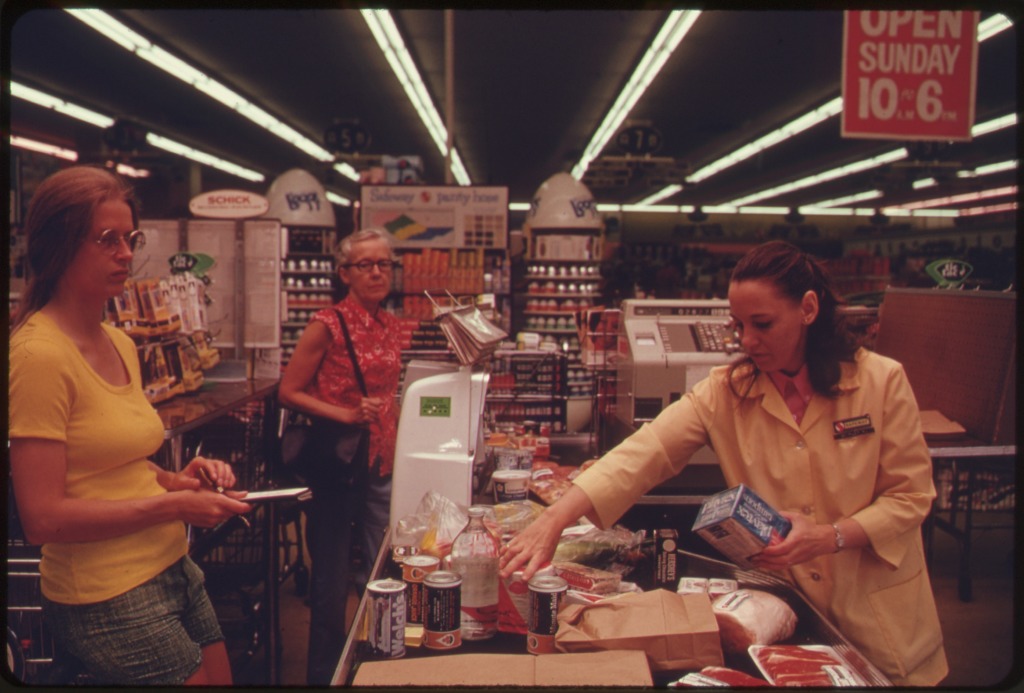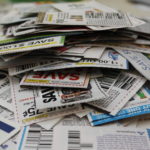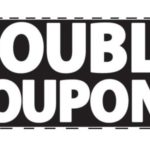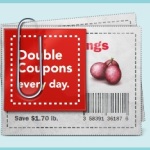
Imagine a scenario in which grocery prices aren’t marked on the shelves, your cashier has to closely examine every single product you buy, and none of your coupons will scan.
Sound like a nightmare? Actually, it’s the way things were just 40 years ago.
The Cincinnati Enquirer points out that it was July 1972 when a Kroger supermarket in town became the first to test a new checkout system using bar code scanners. It had been 20 years since the idea was first patented, and it still wasn’t perfect. Bar codes were printed in a circular “bullseye” pattern and were stuck onto each product like a price tag. But printing smudges could easily make the bar code unreadable. Over the course of the 18-month test, retailers selected a refined, rectangular bar code as the Universal Product Code, which is the one we know and love today.
Despite the problems during the testing phase, customers liked the concept, as it made for a more accurate and shorter checkout. A Marsh grocery store in Ohio became the first to permanently install a scanner and put it to use two years later, and the bar code system officially went into operation.
Still, it took a while for the concept to catch on. Other stores were slow to invest in the expensive new scanners, and manufacturers were similarly reluctant to repackage all of their products to include bar codes. In 1976, Business Week proclaimed the experiment a bust, publishing an article headlined, “The Supermarket Scanner That Failed.”
Eventually, stores and manufacturers came around and embraced the new technology, though some customers remained suspicious of having prices posted only on the shelf and not on each individual package. To placate them, states began passing laws mandating price labels on individual products. Massachusetts was one of them, and it just became the last state to repeal the law earlier this month.
“Oh no, that is terrible,” one shopper told the Worcester Telegram & Gazette, when told the Bay State’s price tags would be going the way of vinyl records and rotary phones. “I don’t want the hassle of using a… scanner to check the price,” complained another shopper, “I like having the option of seeing it.” Further echoing arguments from four decades ago, a third price-tag fan said, “this is not allowing people to be competitive shoppers.”
So happy birthday, bar code. Even after 40 years, some things haven’t changed at all.















